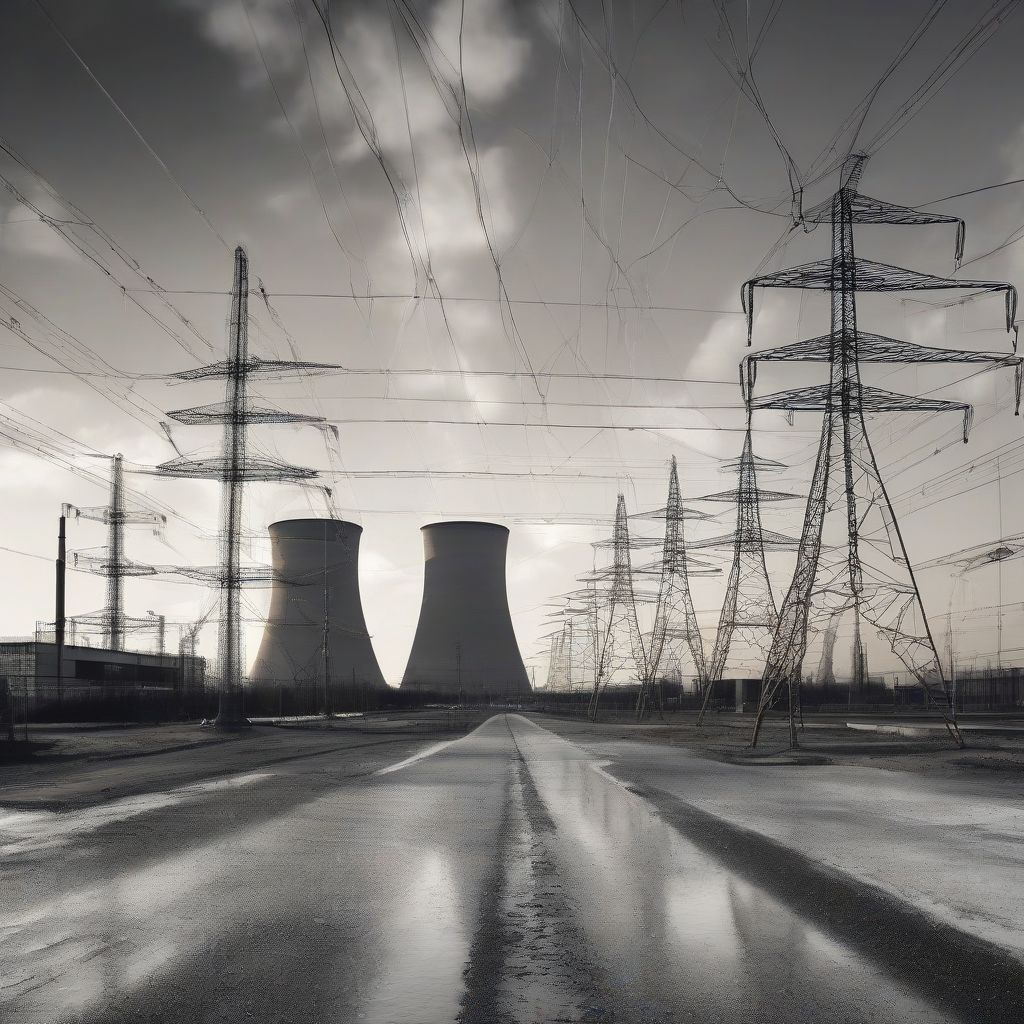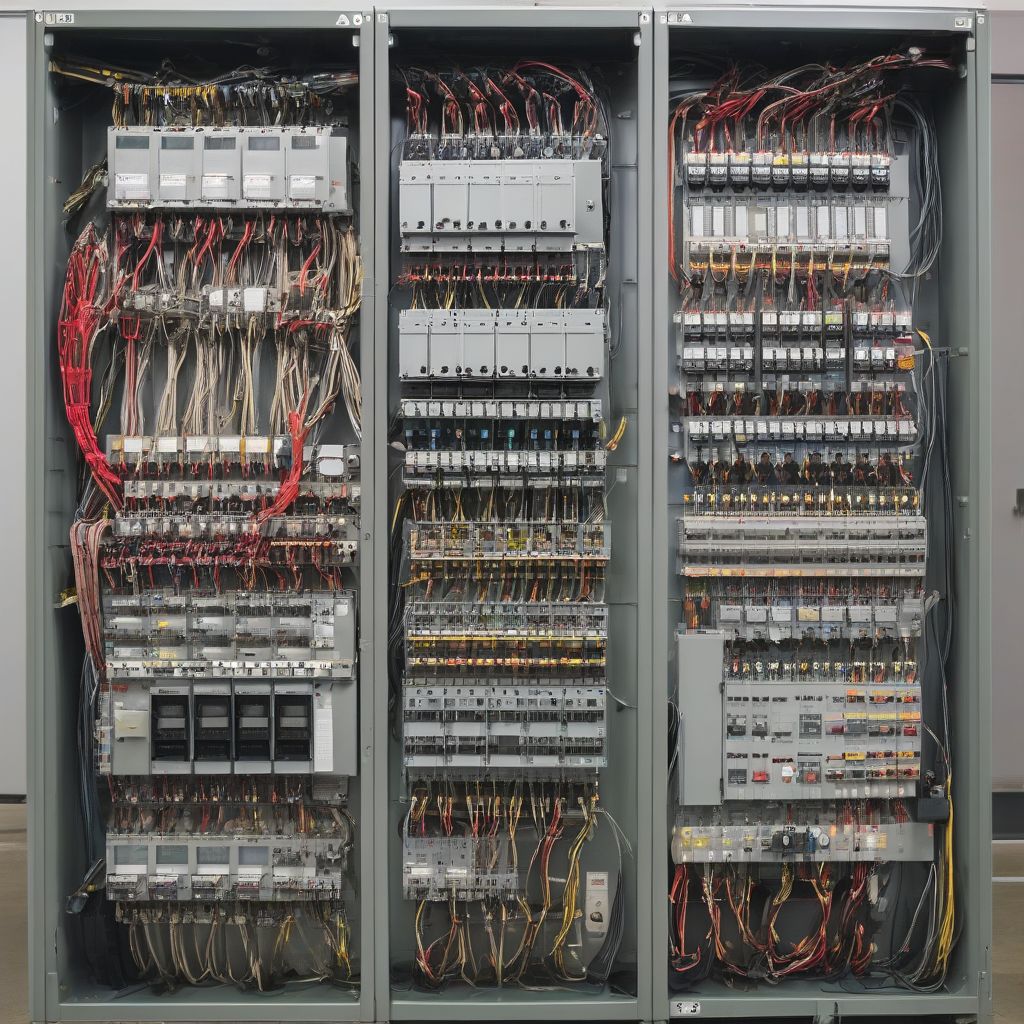The world of energy is vast and complex, encompassing everything from the generation of electricity to the natural gas powering our homes. Within this intricate web, companies like “Jim’s Electric” play a crucial role, though it’s important to note that “Jim’s Electric” itself isn’t a universally recognized entity within the energy sector. However, the name serves as a perfect springboard to delve into the critical aspects of energy, gas, and their impact on various industries.
Understanding the Energy Landscape
Before we delve into the specifics, let’s take a step back and understand the broader energy landscape. The energy sector is a complex ecosystem involving the production, distribution, and consumption of energy resources. These resources can be broadly categorized as:
- Fossil Fuels: These include coal, oil, and natural gas, formed from the remains of ancient organisms. While they have been the dominant energy source for decades, their environmental impact is a growing concern.
- Renewable Energy: This sector encompasses energy derived from sources that naturally replenish, such as solar, wind, hydro, geothermal, and biomass. The push for cleaner energy has significantly propelled the growth of renewables.
- Nuclear Power: This energy source utilizes nuclear fission, a process where atoms are split to release energy. While it’s a low-carbon energy source, it comes with challenges related to waste disposal and potential safety risks.
The Role of Gas and Electricity in Industries
Gas and electricity are the lifeblood of numerous industries, playing a critical role in their operations. Let’s examine a few examples:
- Manufacturing: From powering assembly lines to providing heat for industrial processes, gas and electricity are indispensable to manufacturing.
- Transportation: While gasoline and diesel remain dominant, natural gas is emerging as a cleaner alternative for vehicles, and electricity powers electric vehicles, trains, and trams.
- Agriculture: Electricity powers irrigation systems, lighting, and other essential equipment in modern farming practices. Natural gas is often used for heating greenhouses and livestock facilities.
- Technology: Data centers, the backbone of our digital world, are heavily reliant on electricity to power servers and cooling systems.
Common Queries About the Energy Sector
Navigating the energy landscape can be challenging. Let’s address some common questions:
1. What are the different types of electricity generation?
Electricity generation methods vary widely, each with pros and cons. Some common types include:
- Thermal Power Plants: These plants burn fossil fuels (coal, oil, or natural gas) to heat water, producing steam that drives turbines connected to generators.
- Hydroelectric Power Plants: These plants harness the energy of flowing water to turn turbines and generate electricity.
- Wind Farms: Wind turbines convert kinetic energy from the wind into mechanical energy, which is then used to generate electricity.
- Solar Power Plants: These plants utilize photovoltaic cells to convert sunlight directly into electricity.
2. What is the difference between natural gas and electricity?
While both are forms of energy, they differ significantly:
- Natural gas is a fossil fuel extracted from the earth. It’s primarily composed of methane and is used directly for heating or electricity generation.
- Electricity is a secondary energy source, meaning it’s generated from primary sources like fossil fuels, nuclear power, or renewables.
3. How can I reduce my energy consumption?
Reducing energy consumption is not only beneficial for the environment but also your wallet. Some simple steps include:
- Switching to energy-efficient appliances
- Using LED lighting
- Insulating your home properly
- Unplugging electronics when not in use
 Power Plant
Power Plant
The Future of Energy
The energy sector is undergoing a significant transformation driven by climate change concerns and technological advancements.
- Renewable energy is expected to play an increasingly dominant role, with governments and businesses investing heavily in solar, wind, and other renewable sources.
- Energy storage technologies, such as batteries and pumped hydro, are becoming crucial for integrating intermittent renewable energy sources into the grid.
- Smart grids, which utilize digital technologies to manage electricity distribution more efficiently, are being implemented to improve grid reliability and integrate renewable energy sources.
The transition to a cleaner and more sustainable energy future requires collaborative efforts from governments, businesses, and individuals. By understanding the complexities of the energy landscape and making conscious choices, we can all contribute to a brighter energy future.
Conclusion
While “Jim’s Electric” may not be a giant in the energy sector, the term serves as a reminder of the vital role electricity plays in our lives. From powering our homes and businesses to fueling industries, energy is the backbone of modern society. As we navigate the challenges of climate change and resource depletion, understanding the complexities of the energy sector and embracing sustainable practices is more critical than ever.

